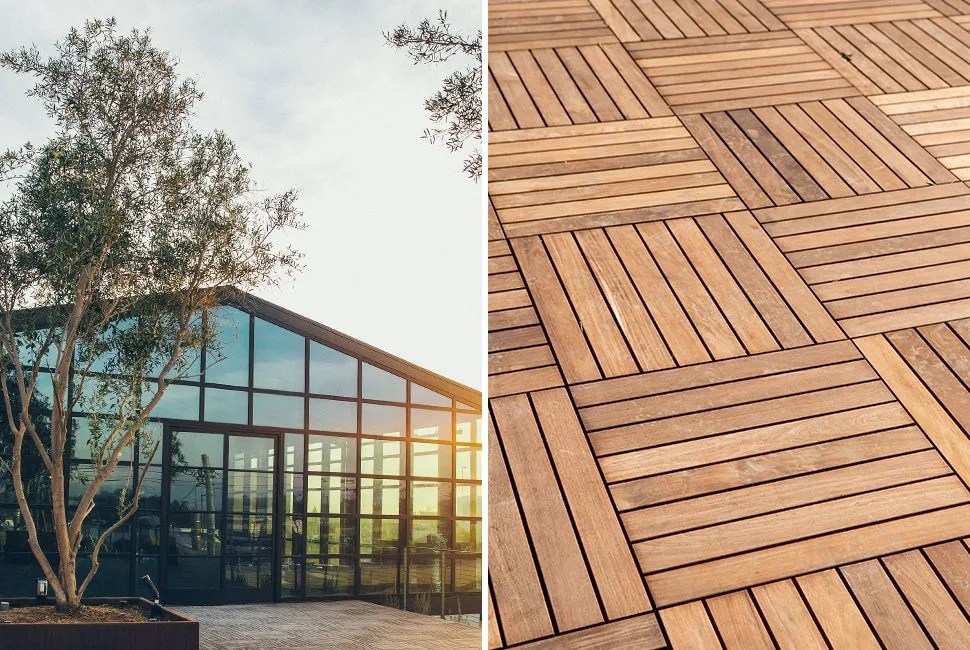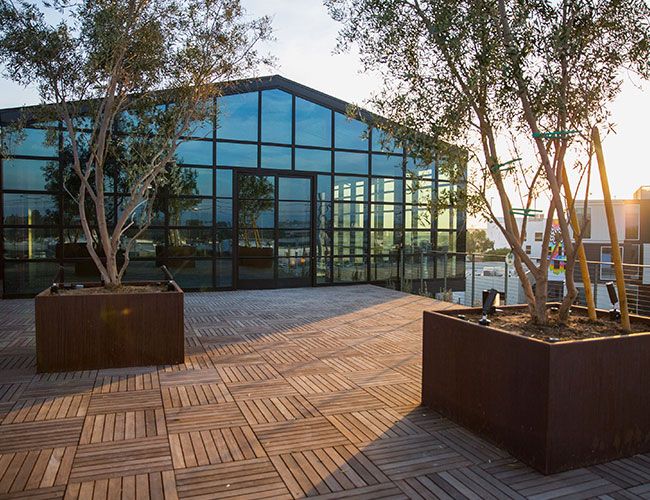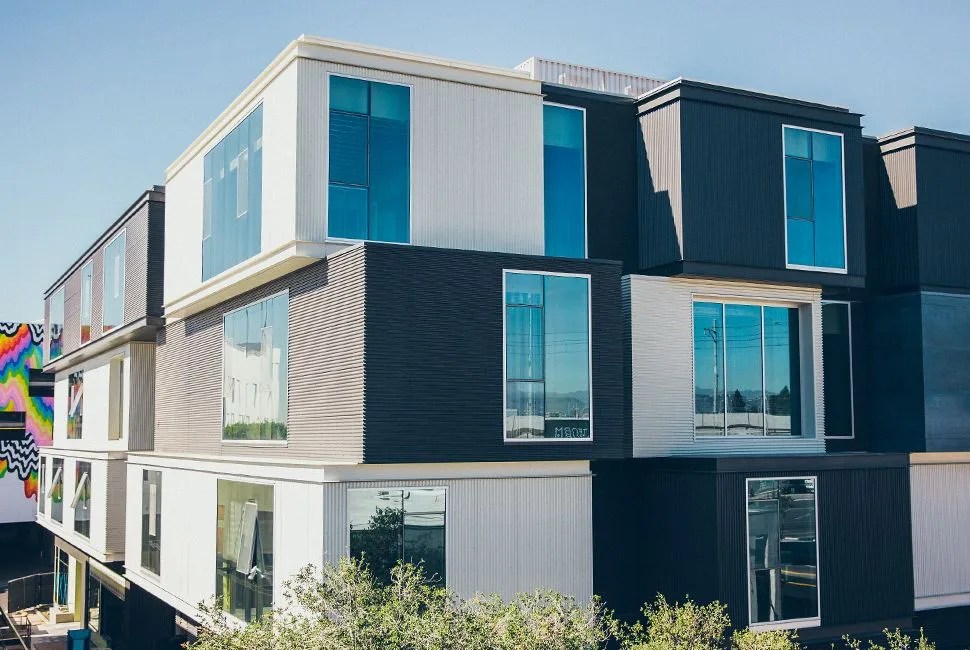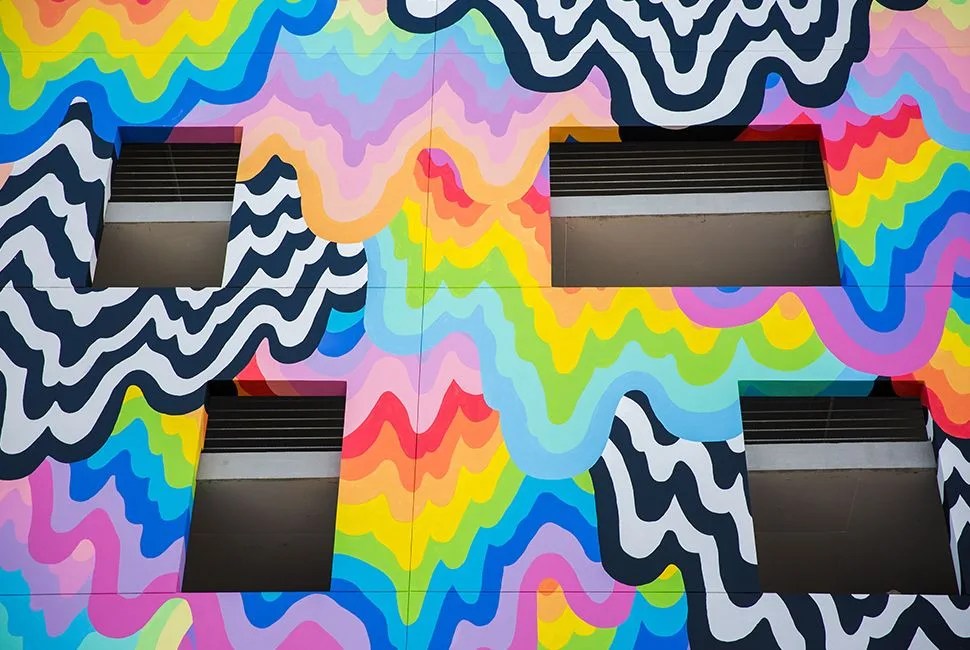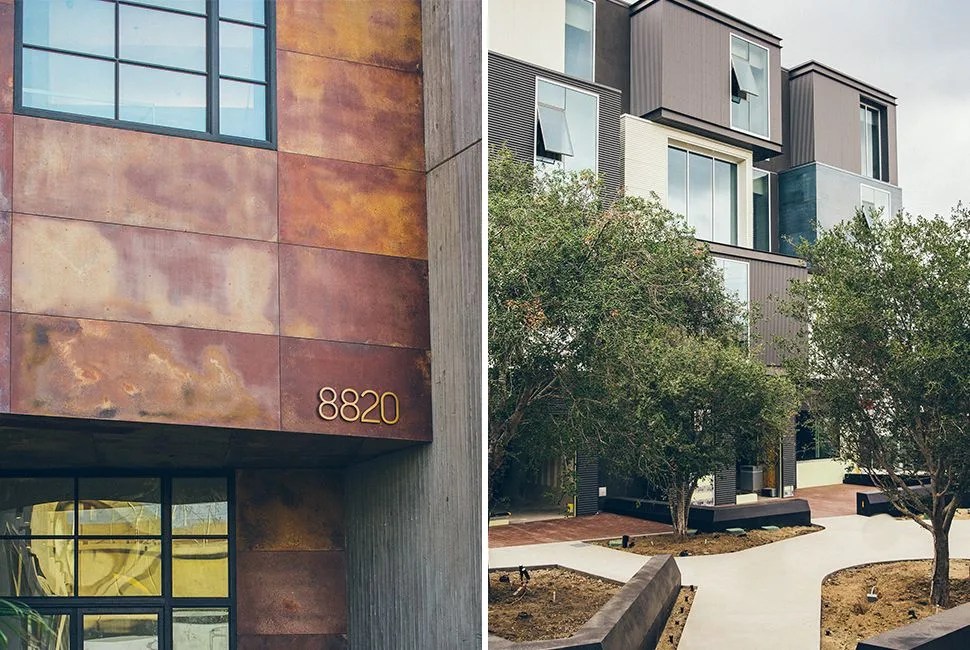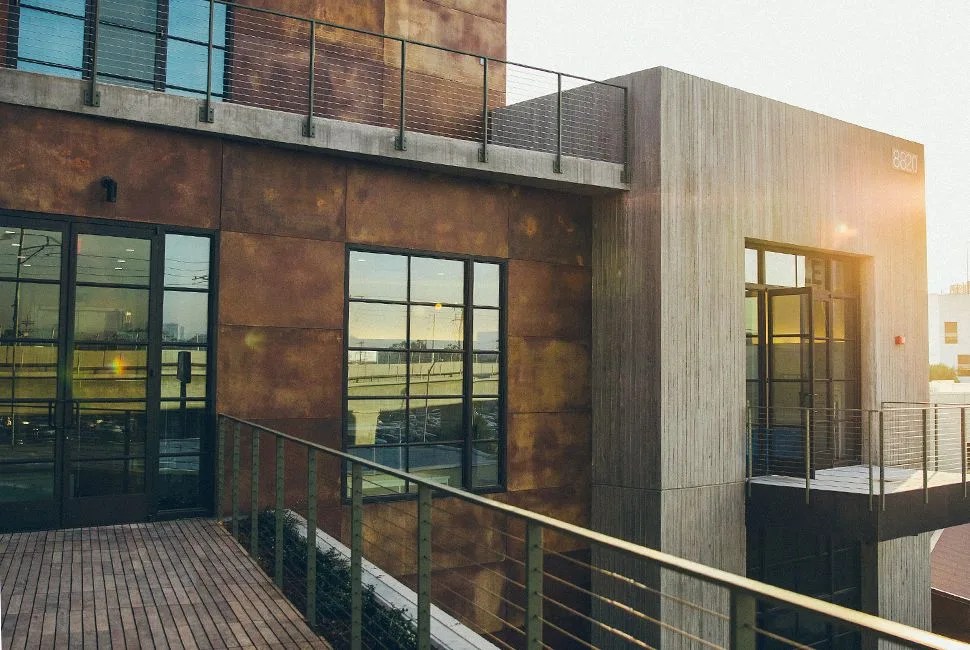5 photos
I met real estate developer Joey Miller on a sunny winter day amid the din of his newest construction zone. We were in the core of Culver City, a once-industrial enclave of Los Angeles now transforming into a luxury condo and tech-headquarter breeding ground. Miller, 33, was impeccably groomed and styled, and he spoke fast and with an equally quick wit. “Real estate’s Ari Gold” seems like a lazy description, but it’s too accurate to pass up. He is short in stature, but held an undeniably puffed-up presence as we traipsed through his five-acre shopping development called Platform, which is set to open in March. “We’re doing stuff here that no one in our business has ever done,” Miller said flatly. “The experience we offer is for a different generation, a different type of customer.”
In the 1950s, baby boomers were served up shopping that fit their postwar tastes — gargantuan indoor malls with sprawling parking lots and utilitarian anchor stores like Sears and JC Penney. “The air-conditioned, sanitized, standardized shopping malls have become the new Main Streets of America,” Consumer Reports wrote in 1986 while citing the mall as one of the top 50 wonders of the consumer world. Now, 20 years later, they all seem to be dying.
Over the next decade, an estimated 15 percent of US shopping malls will fail or be converted into non-retail space, according to real estate analytics firm Green Street Advisors. In 2014, when food court mainstay Sbarro filed for bankruptcy, they cited an “unprecedented decline in mall traffic” in their bankruptcy court filings. “These staples of American retail life for the past 50 years are over for me and my generation,” Miller told me. “No one will ever buy diapers in the store again.” Good point. We have Amazon. So why then did he and his partner David Fishbein purchase a few coveted city blocks of L.A. to build retail space? “Retail is changing, but what is not is people’s desire to go hang out somewhere,” he said.
“These staples of American retail life for the past 50 years are over for me and my generation,” Miller told me. “No one will ever buy diapers in the store again.”
If suburban malls were the solution for parents who fled the cities, Platform is the response to the gentrifying set that is coming back. The space offers yuppie-greatest-hits like Soulcycle, Sweetgreen, Blue Bottle and Aesop, but Miller demanded that each brand have a twist exclusive to Platform. Soulcycle and Sweetgreen are putting down roots with corporate HQs, Blue Bottle is planning a unique cafe concept, and Aesop is carving out a one-of-a-kind spa area. Fashion is a major focus too, with leather goods purveyor Parabellum and high-end activewear brand Kilter both setting up shop, among others. Platform’s biggest space, awash in light and boasting 24-foot-high ceilings, will house a stylish, modern take on clothing and home goods from local wunderkind Nevena Borissova and British designer Tom Dixon. In terms of food, New York-based butcher shop and restaurant Cannibal will get its first location on the Left Coast and Baja-inspired taco joint Loqui, currently operating only as a pop-up in San Francisco, will make its brick-and-mortar debut.
